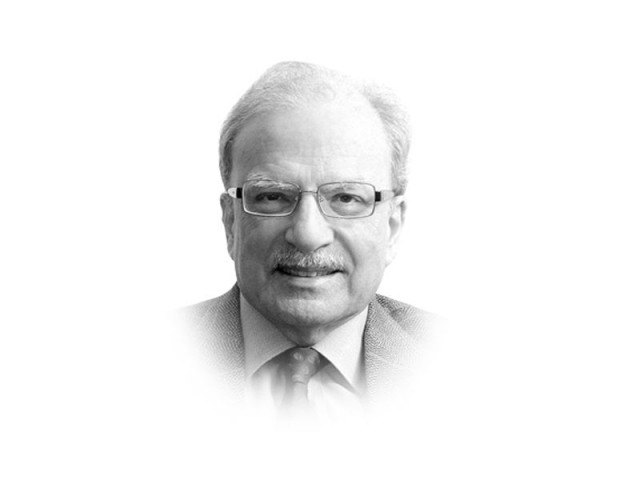
My guess is that we will be told that one half of the population is below the age of 25. We will also learn (I hope) that there are more women than men in the population. That was not the case for decades as women’s health was not a high priority. It appears that women are now better served by the health system. Since women have longer lives than men, there should be more of them at any point in time.
Take to the hills: Hike held on world health day
The census will also indicate how far the rate of population growth has declined since 1998, the last time a full count was carried out. That the rate of growth is declining is something to celebrate; that it is still relatively high — relative to other countries in South Asia — is a cause for worry. High population growth rates have a number of reasons. One of them is related to the quality of health services. For many reasons that include cultural preferences, when families are formed they start with some idea of the size they will aim at. If infant and child mortality rates are high, parents are likely to have more children than they want, expecting that some of them will die before reaching adulthood. If the death rate is noticeably reduced, fewer babies are likely to be born. Once there, they don’t return.
Although I am not sure this will be the case, the census should also tell us that more than half of the country’s population lives in urban areas. The reason why that may not be revealed is that we have not updated the definition of “urban,” a point I underscored in an earlier article. But the census will tell us that about 15 per cent of the total population resides in the country’s two mega cities, Karachi and Lahore. Pakistan is one of the world’s most rapidly urbanising countries. One reason for this is the wide gap between the quality of health services available in rural and urban areas. When deprived rural people need medical attention, they migrate to towns and cities.
Mind over matter: ‘Psychology is key to overall education, health’
The demographic data will be critical for devising a health policy for the country. Its aim should be to improve the quality of the large human resource now available to the country in particular in cities. Although a health policy was announced in 2009 it was not acted upon. If anything the quality of health has deteriorated. The donor community got concerned with the situation; the UK Department of International Development (DFID) provided funds for carrying out work in the Punjab district of Sheikhupura in order to highlight the areas in the healthcare delivery system that could be improved. This work was done by a group of institutions that are working in the area of social development and delivery of social services.
The BIPP and its associates came up with a number of important recommendations. While recognising that the governments in Pakistan don’t invest nearly enough financial resources into healthcare, it made a number of suggestions that are worth noting by public policymakers in both Lahore and other provincial capitals as well as in Islamabad.
As a result of the adoption of the 18th amendment, healthcare is now a provincial subject. However, much of the effort is made by local governments that are not well equipped to carry out the responsibilities they have been assigned. The result is a great deal of waste through inefficiencies and corruption. Improving the health system would mean that even with constrained resources, more people could be reached.
Get residences vacated, DG health told
The BIPP/DFID study used the “before and after” analysis resulting from the introduction of information technology at various points in the healthcare delivery system and found that a statistically significant difference was made when activities such as drug procurement and storage were computerised. I will conclude by quoting at some length from the BIPP report submitted to the sponsors of the Sheikhupura study. “The adoption of a health-based information and communication technology (ICT) system could induct a paradigmatic shift in healthcare environment to ensure high quality delivery system to all patients,” wrote the authors of the report. “It can ensure pro-poor health management and service delivery and bridge spatial disparities by integrating local rural health outfits to tertiary healthcare system. It could be a powerful safety and social security tool for the poor. Patients’ access to medical information and records can help them engage and manage their healthcare.
“A regular outreach programme needs to be mounted to empower poor patients and educate them to become self-managing health-conscious clients of the eHealth system. This will not only improve health equity but also accelerate the process, significantly improving health indices and outcomes in poor areas.” This is a worthy outcome to aim at.
Published in The Express Tribune, May 1st, 2017.
Like Opinion & Editorial on Facebook, follow @ETOpEd on Twitter to receive all updates on all our daily pieces.














COMMENTS
Comments are moderated and generally will be posted if they are on-topic and not abusive.
For more information, please see our Comments FAQ